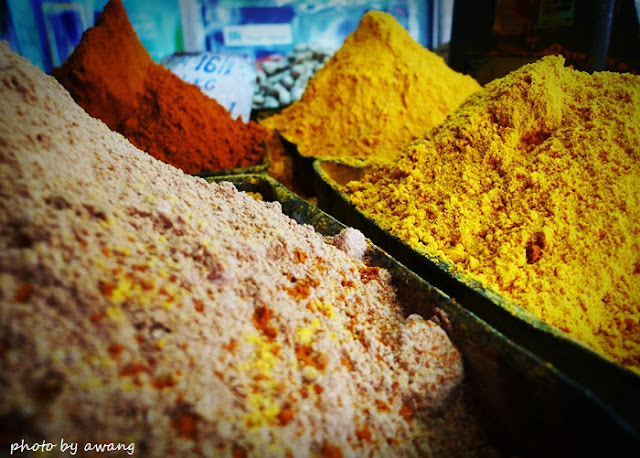While I'm not a huge fan of camping or long,day hiking trips, I do love visiting waterfalls. There's something about the rush of water that's both exciting and beautiful. It's one of my favorite photographic subjects. Taken with a slow shutter speed, water blurs into a deceptively tranquil image that effectively conveys the impression of motion in a still photograph.Very soon we are in School Holiday long break and some of you may have plan a trip or trip close to nature. let's take a look at how to capture some exciting and attractive photos of water in motion, so you're all set to go when the time comes to grab your camera and hiking shoes.
 |
| Semban Village Waterfall in Sarawak. |
The most important rule for shooting waterfalls (and all sorts of moving water): Use a slow shutter speed. How slow? Anywhere from about a half second to 2 seconds will do nicely. If you use a very fast shutter speed, you will freeze the motion of the water .The longer the shutter stays open, the blurrier things get. Here's what you can expect with about a second. As you can see, the longer the exposure, the blurrier and more abstract your scene becomes.
 |
| Waterfall in Semban Village in Sarawak. | |
|
We all need something to lean on, especially our cameras. Particularly when we’re going to be using long shutter speeds, tripods are essential. Waterfalls don’t lend themselves to being located by nice areas of flat ground, in fact, the majority that I’ve been to are surrounded by slippery wet rocks, so you’ll need to find yourself a very sturdy and strong tripod.Since you need to shoot with a slow shutter speed, you should set your camera to its Shutter Priority or Aperture Priority mode and dial in an appropriate shutter setting. Be sure that your camera is set to the lowest possible ISO, since a higher ISO setting will make the camera more sensitive to light, and therefore shoot with relatively faster shutter speeds
 |
| Waterfall in Semban Village in Sarawak. |
|
We want the moving water to blur, but for the rest of the shot to be sharp and focussed, so you can afford to set the f-number quite high, maybe f/16 or f/22 to achieve the correct depth of field and set the ISO quite low, at something around 100 or 200, as you’ll be using the shutter speed to ensure you’re letting in enough light. Practice with your faucet or even people walking down the street.
 |
| Moving water from waterfall in Semban Village in Sarawak. |
|
Once your on location, you’ve got your tripod in place, you know your shutter speeds, and you’ve got your polarizing filter set, all you have to do is take the shot right?! Well, not quite. There’s still the small issue of composition to think about and regardless of how well you are set up, if you don’t compose your shot effectively, it will be lacking that drama and excitement that you’re looking for.
Think carefully about the angle at which you approach the falls. Do you want to shoot head on, from the side, from below looking up towards the point of descent? Do you want to simply feature the waterfall, tightly cropped and focusing the rushing water, or do you want to put the falls into context, with more of the surrounding landscape? Waiting for the right light is also essential, shooting in the middle of the day will be difficult as the light will be very bright and reflect off the water, where as shooting in the early morning or late evening will offer a much warmer light.
 |
| Close to Nature Semban Village in Sarawak. |
|
The best way to learn composition and timing is to analyze other people’s photographs. Find photos that you like and take away some inspiration from them .I think of photography like music. All the best musicians started out imitating their favorite bands. Then they took the influences of those favorites and melded them together forming their own style and sound. Don’t be afraid to imitate, especially if you’re just starting out. No two photos will ever be exactly the same anyway.

































